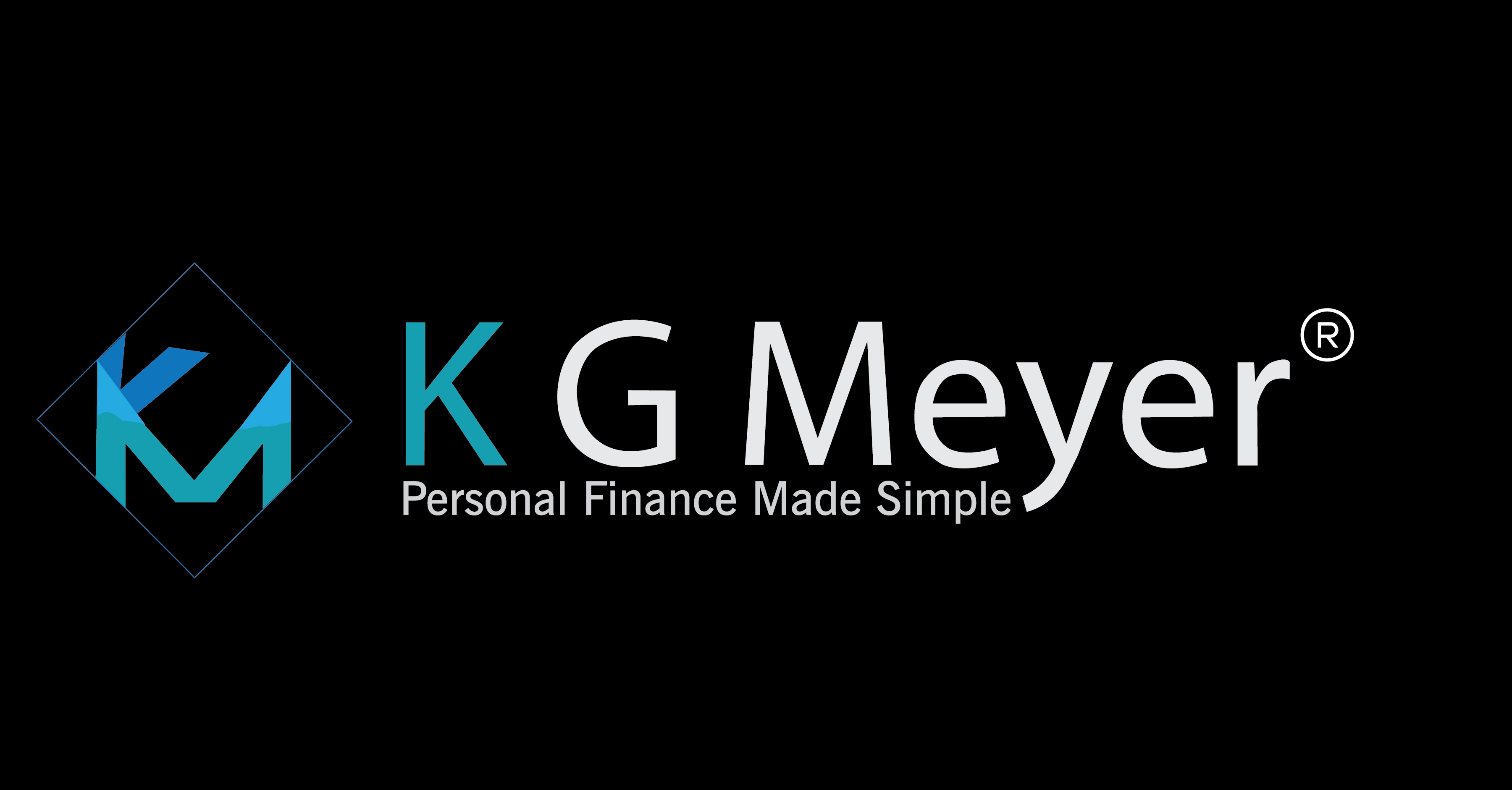Exchange-traded funds, mutual funds, individual retirement accounts, and 401(k) accounts have seen an increase in the use of target-date funds. These are funds that invest with the idea of someone’s retirement year in mind and shift assets from a majority of equities to a more conservative mixture as one approaches retirement. How popular are these target-date funds? It is estimated that 21% of all assets in 401(k) accounts invest in a target-date fund from about 3% a decade earlier. With a bigger picture, there were about $7 billion in these funds in 2000, and in 2018 there was an estimated $1.4 trillion invested in a target-date fund. Needless to say, they have become exceedingly popular with investors thinking of their retirement.
So, what is a target-date fund? It is a fund that is managed and invests in stocks, bonds and maintains a cash position depending on its time until it reaches its target date. These funds tend to be fairly conservative in their investment strategy and shift assets to become even more so as the target date approaches. Thus, they are popular with investors who do not want to be bothered with rebalancing their assets or selecting the proper percentage invested in different asset classes.
Are all the funds with the same target date the same? That answer is a resounding no. They are not. One difference is the fees that they charge. If a fund is managed with simplicity in mind and uses low-cost index funds, you may pay as little as 0.10% annually. If the managers take a more active role and use complex investments or asset classes, you may pay over 2.0% annually. Always consider the fees that you will pay to own the fund. They can and do make a big difference over decades of holding the investment.
Second, you must consider the glide path that the fund takes. That is the rate at which assets are shifted from stocks to bonds and cash. Just because the target dates may be the same in different funds does not mean that the asset allocation will be the same or even remotely the same. It would help if you always did your homework to see how aggressive or conservative a fund is in the asset allocation. According to a Morningstar report, the stock allocations for a dozen large 2020 funds had the ownership of stocks anywhere from 33% to 55%. Now that is a huge difference for a fund that has its target date of this year.
It would be best if you considered your current age, the age you will be at retirement, and ten or more years after you retire when looking at a fund’s asset allocation. Here the number of funds a fund family offers will be beneficial to you. Say that after examining a particular target date of 2035, you decide that the fund is too conservative for you. If that is the case, extend your date out to 2040 or even 2045 and compare that asset allocation to your risk tolerance. And if you think that 2035 is too aggressive, look at earlier dates such as 2030 or even 2025 to see if those asset allocations are better suited for you.
Then it would help if you considered when the fund ceases its shifting of assets. Does the fund end asset allocation changes at the actual target date and lock in the percentages at that time. Or does the fund continue to adjust its asset allocation past the fund’s target date? The shifting of the assets and the rate at which it does this is called the glide path. If the fund’s glide path stops at the target date, it is said to be a “to” fund, and if it continues the glide path past that date, it is said to be a “through” fund. Here, the important thing to consider is the level at which the fund stops its asset allocation changes. If a to fund stops with equities too high or too low for your tolerance, then consider a different target-date fund to invest. That is because this is the level at which things will be locked in and not change after the target date has been reached.
Please do your homework when selecting target-date funds, look at the fees, the nature of its investments, and whether it is a to or a through fund. If you have any difficulties or questions, seek out the assistance of a fee-only Registered Financial Consultant, or feel free to contact me directly.



